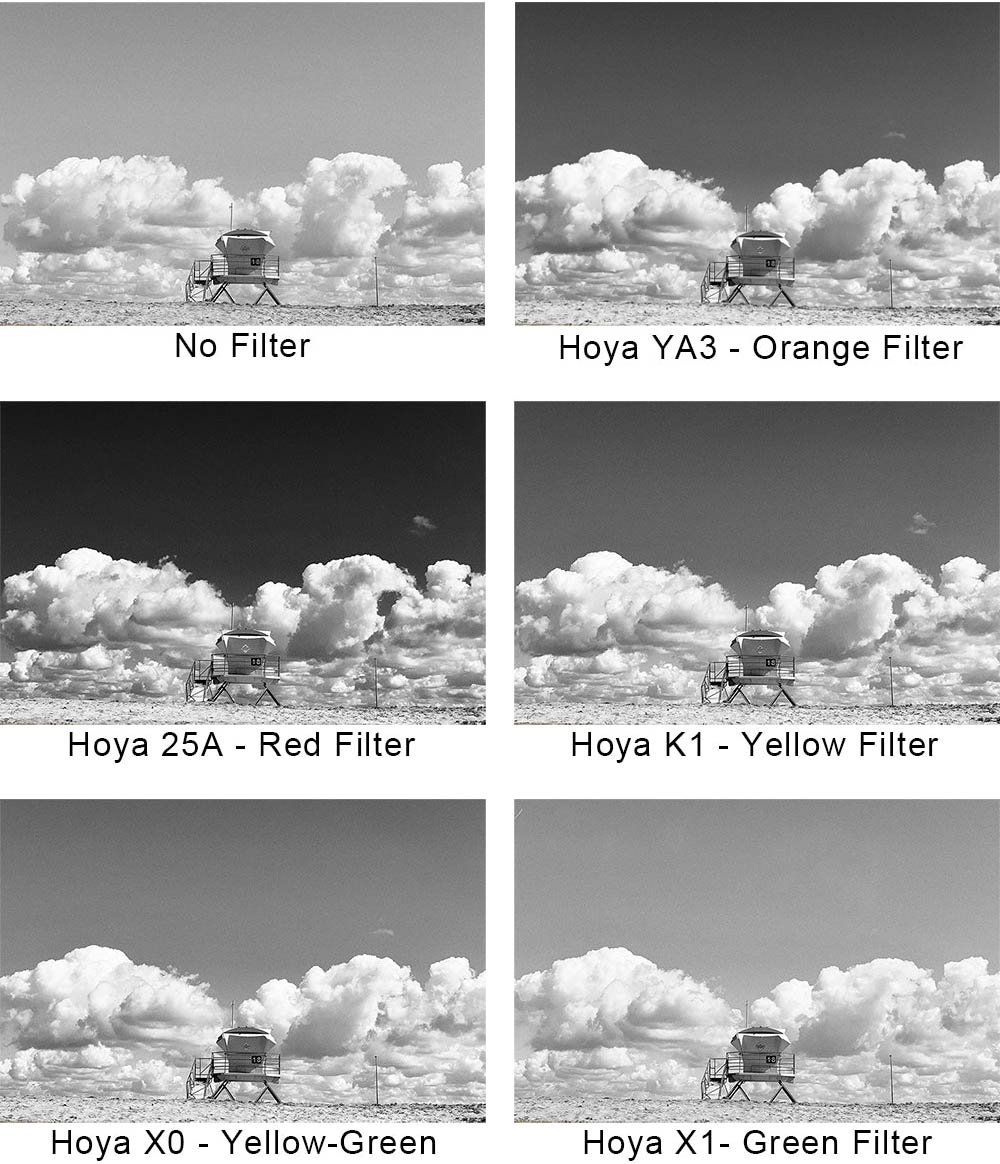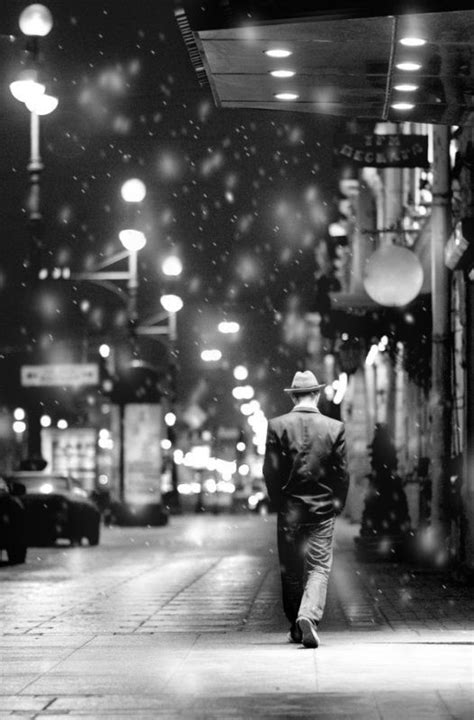The Magic of Black and White Photography

Black and white photography has an enduring allure that transcends time and trends. While color photography dominates modern visual culture, the art of monochrome has a timeless quality that continues to captivate photographers and viewers alike. This article delves into the world of black and white photography, exploring its history, unique aesthetic, and the compelling reasons why it remains a beloved medium for both artistic expression and storytelling.
A Historical Perspective: The Birth of Black and White Photography

The origins of photography itself are deeply intertwined with the art of black and white. The first permanent photographs, created by Joseph Nicéphore Niépce in the early 19th century, were monochrome images known as heliographs. These early experiments with light and chemistry paved the way for the development of photography as we know it today.
Throughout the 19th century, photographers like Louis Daguerre and William Henry Fox Talbot refined the art of black and white photography, each making significant contributions to the field. Daguerre's daguerreotype process, for instance, produced highly detailed and artistic monochrome images, while Talbot's calotype process introduced the concept of negative-positive printing, a fundamental step towards modern photography.
The advent of black and white photography not only advanced the technical aspects of the medium but also paved the way for its expressive and narrative potential. Photographers like Ansel Adams, known for his stunning landscapes, and Henri Cartier-Bresson, a master of street photography, elevated black and white to an art form, capturing the essence of their subjects with a unique aesthetic and an unwavering dedication to the craft.
The Aesthetic Appeal: Why Black and White Endures

Black and white photography possesses a distinctive aesthetic that sets it apart from its color counterpart. Here’s a closer look at some of the key elements that contribute to its enduring allure:
Emphasis on Form and Texture
Without the distraction of color, black and white photography directs our attention to the fundamental elements of composition: form, shape, and texture. The absence of color simplifies the image, allowing the viewer to focus on the subject’s inherent beauty and the photographer’s artistic vision. The play of light and shadow becomes a powerful tool, creating dramatic contrasts that add depth and emotional impact to the scene.
Consider the iconic image of the young woman with a handkerchief in her hair by Dorothea Lange. This photograph, taken during the Great Depression, captures the raw emotion and resilience of the subject through the interplay of light and shadow on her face. The black and white medium intensifies the emotional impact, making it a timeless and powerful representation of a pivotal moment in history.
Tonal Range and Contrast
Black and white photography offers a vast tonal range, from the deepest blacks to the brightest whites, with an array of grays in between. This range of tones allows photographers to create images with incredible contrast, adding a sense of drama and visual interest. The skilled use of contrast can enhance the mood and narrative of an image, conveying a wide range of emotions and atmospheres.
Take, for example, the work of Edward Weston, a master of still life photography. His close-up images of everyday objects, such as peppers or shells, are transformed into works of art through his meticulous attention to tonal range and contrast. The subtle gradations of gray bring out the intricate details and textures, elevating the ordinary to the extraordinary.
Emotional Impact and Storytelling
Black and white photography has an innate ability to evoke emotion and tell compelling stories. The absence of color removes the potential for distraction, allowing the viewer to focus on the narrative and emotional content of the image. Whether it’s a portrait, a landscape, or a street scene, black and white photography has a unique way of conveying the essence of the moment and the underlying feelings.
The work of photographers like Sebastiao Salgado and his iconic images of workers in the Amazon exemplifies this emotional power. His black and white photographs, with their dramatic lighting and powerful compositions, capture the dignity and strength of the human spirit amidst challenging circumstances. The absence of color allows the viewer to connect with the subjects on a deeper, more intimate level.
The Technical Aspects: Mastering Black and White Photography
Creating compelling black and white images involves a unique set of technical considerations. Here’s a glimpse into some of the key aspects that photographers must master:
Light and Exposure
Light is the fundamental building block of photography, and in black and white, it takes on an even more critical role. Photographers must be adept at recognizing and utilizing different types of light, from the soft, diffused light of an overcast day to the dramatic, directional light of a sunset. Understanding how light falls on a subject and how it will translate into black and white is crucial for creating compelling images.
Consider the work of Ansel Adams, who was renowned for his mastery of light and exposure. His landscape photographs, often captured in the high-contrast light of the American West, showcase his exceptional ability to balance light and shadow, creating images that are both technically perfect and visually stunning.
Composition and Subject Matter
Composition in black and white photography is an art in itself. Without the distraction of color, photographers must rely on the elements of composition to guide the viewer’s eye and convey their intended message. This includes the use of leading lines, the rule of thirds, and the placement of key elements within the frame to create a visually pleasing and balanced image.
The work of Henri Cartier-Bresson, a pioneer of street photography, exemplifies the power of composition. His iconic image of a man jumping over a puddle, known as "Behind the Gare Saint-Lazare," captures the essence of "the decisive moment." The careful composition, with the man's dynamic pose and the surrounding architecture, creates a visually striking and memorable image.
Post-Processing and Tonal Control
In the digital age, post-processing plays a significant role in black and white photography. Photographers can use editing software to fine-tune the tonal range, adjust contrast, and enhance the overall impact of their images. Techniques like dodging and burning, used to selectively lighten or darken specific areas, can add depth and emphasis to key elements within the frame.
The work of photographers like Joel Meyerowitz, who transitioned from color to black and white, demonstrates the power of post-processing. Meyerowitz's meticulous editing process, which involves carefully adjusting tones and contrasts, adds a modern twist to his classic street photography. His images, with their crisp blacks and luminous whites, showcase the beauty of urban life in a timeless and captivating way.
The Future of Black and White Photography
In an era dominated by color photography and the endless possibilities of digital manipulation, black and white photography continues to thrive. Its enduring appeal lies in its ability to capture the essence of a moment, tell powerful stories, and evoke emotion in a way that is both timeless and uniquely artistic.
As technology advances, photographers have more tools than ever to create stunning black and white images. From high-quality digital cameras that capture incredible detail to advanced editing software that allows for precise tonal control, the future of black and white photography looks bright. The medium continues to inspire and challenge photographers, pushing the boundaries of artistic expression and storytelling.
Whether it's a timeless landscape, an intimate portrait, or a captivating street scene, black and white photography has the power to transport viewers to another time and place, inviting them to reflect on the beauty and complexity of the world around them. Its enduring legacy is a testament to the enduring power of visual storytelling and the artistic vision of those who continue to master this timeless craft.
How does black and white photography differ from color photography in terms of impact and storytelling?
+Black and white photography, by removing the distraction of color, allows viewers to focus on the narrative and emotional content of an image. It emphasizes the fundamental elements of composition, such as form, texture, and tonal range, which can add depth and impact to a scene. This absence of color can enhance the storytelling aspect, making it more about the subject’s essence and the photographer’s artistic vision.
What are some famous black and white photographers and their contributions to the art form?
+Some renowned black and white photographers include Ansel Adams, known for his stunning landscapes, and Henri Cartier-Bresson, a master of street photography. Both have left an indelible mark on the medium with their unique styles and contributions to the art of photography. Adams’ work showcases the beauty of nature, while Cartier-Bresson’s images capture the essence of human interaction and daily life.
How can photographers master the art of black and white photography in the digital age?
+In the digital age, photographers can master black and white photography by understanding the unique technical aspects of the medium. This includes learning to recognize and utilize different types of light, mastering composition, and leveraging post-processing tools to fine-tune tonal range and contrast. Additionally, studying the work of renowned black and white photographers can provide valuable insights and inspiration.



